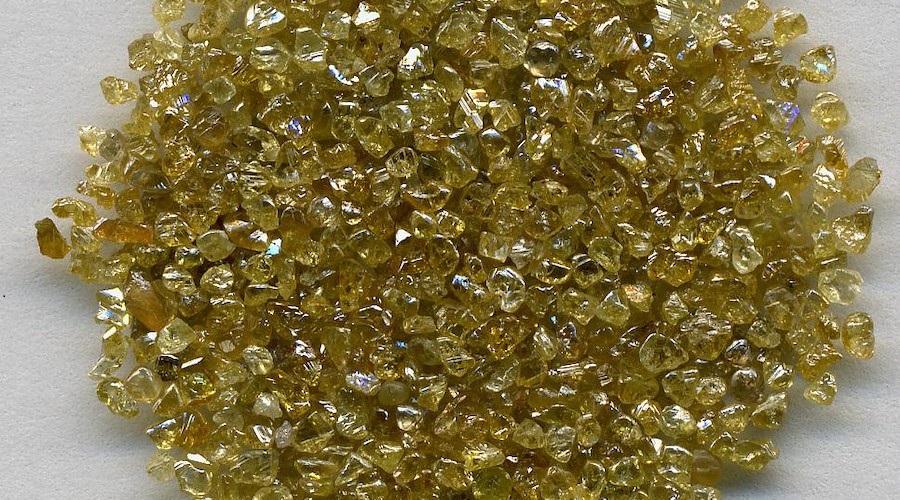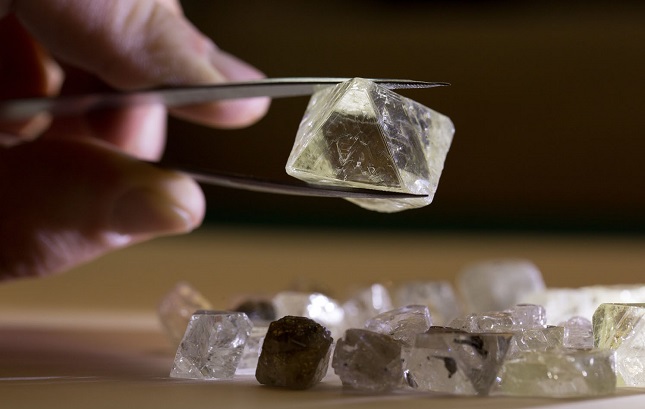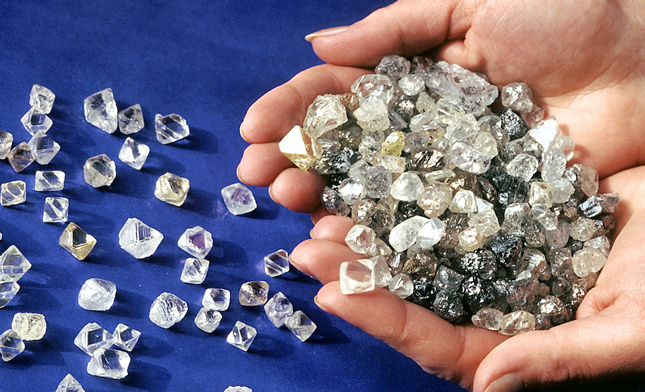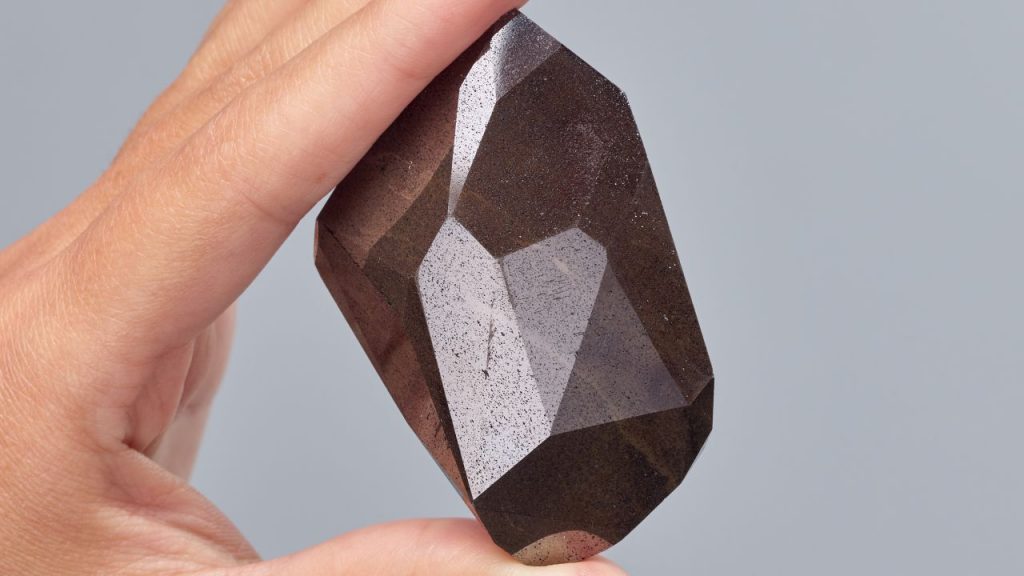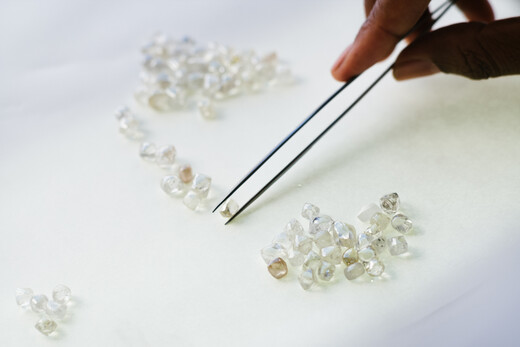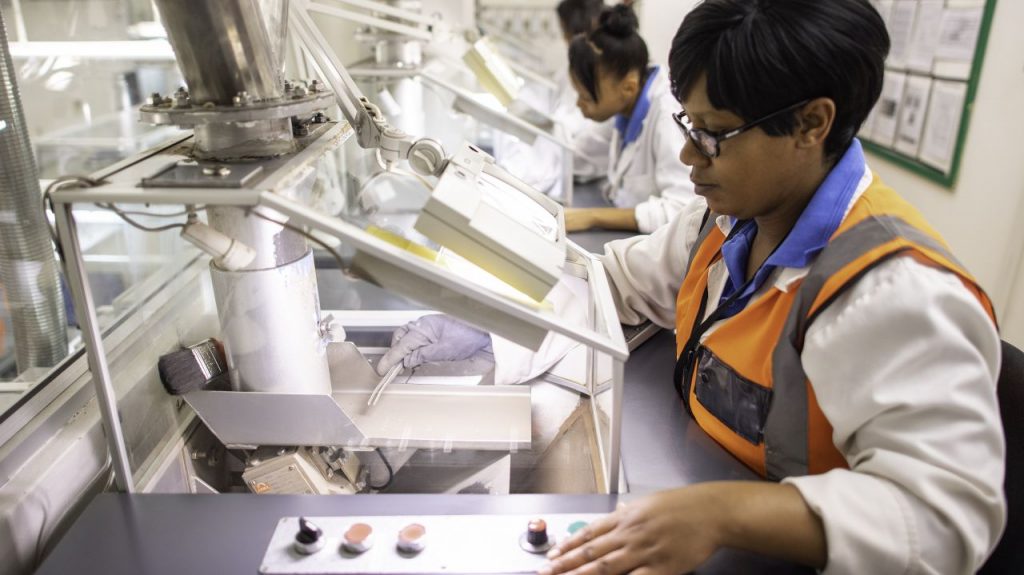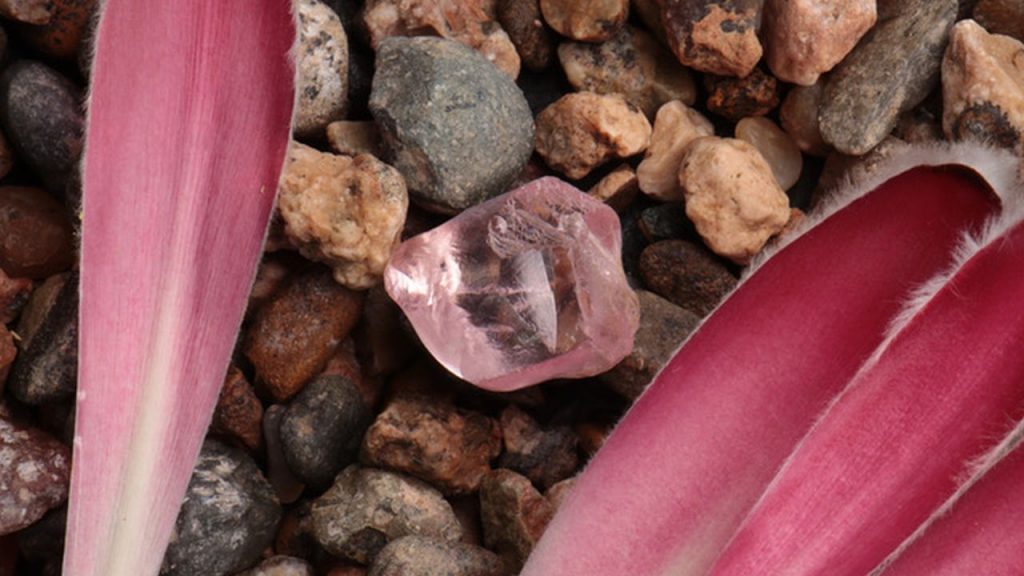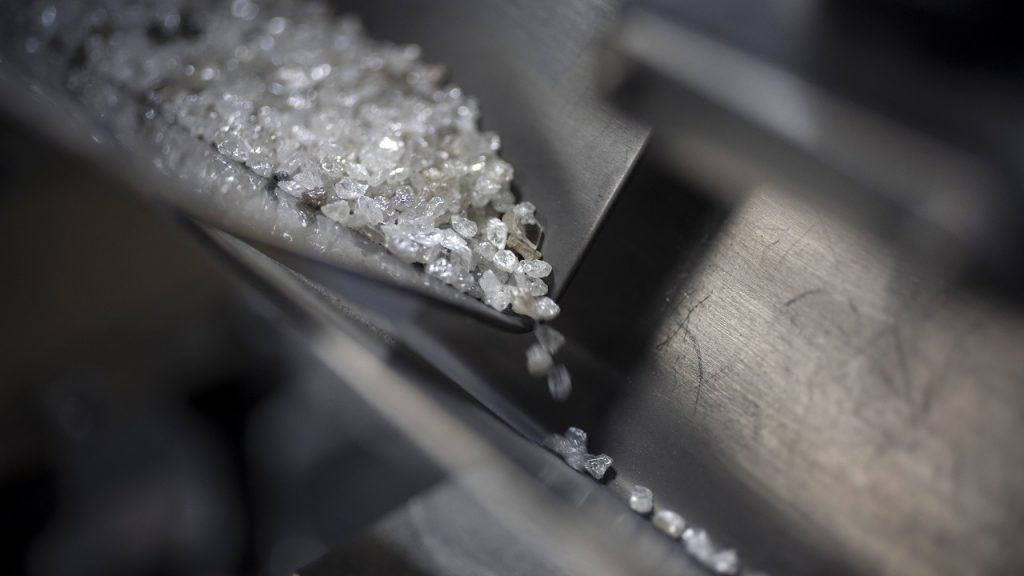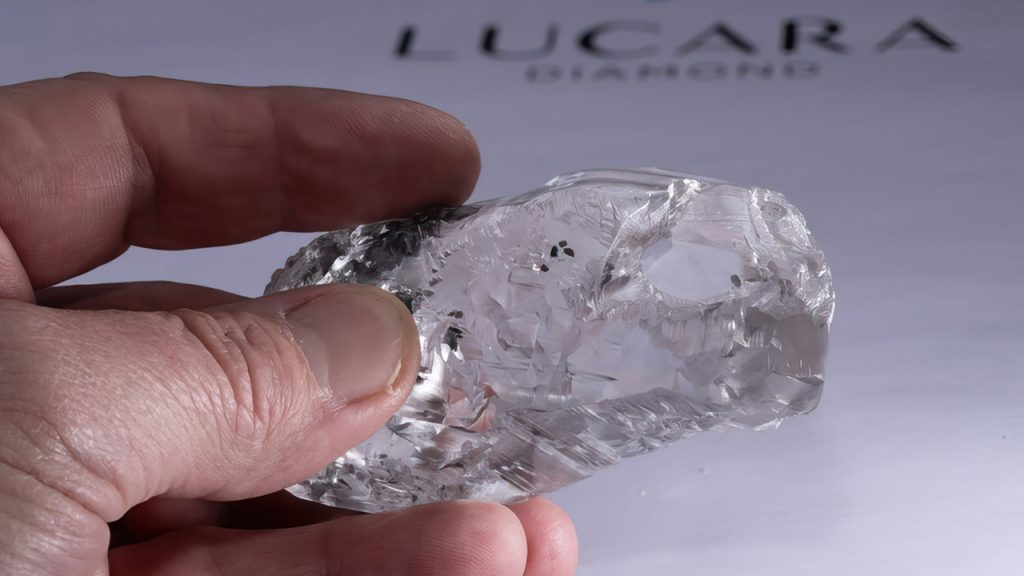
Lucara Diamond Corp. has recovered a 1,080.1-carat rough diamond from its Karowe mine in Botswana, its fourth topping the 1,000-carat mark in eight years.
The white, type-IIA stone came from the site’s south lobe, known for its large, high-quality rough, Lucara said Wednesday.
The diamond showed up in the miner’s Coarse XRT unit, a recovery circuit that uses X-ray technology to identify huge stones in large pieces of ore before they’re broken up.
Since 2015, the south lobe of Karowe’s AK6 kimberlite has yielded three other diamonds in this size class: the 1,109-carat Lesedi La Rona that year, the 1,758-carat Sewelô in 2019, and a 1,174.76-carat clivage diamond in 2021.
“Lucara is extremely pleased to be reporting the recovery of another large, high-quality gem diamond in excess of 1,000 carats,” said Lucara CEO Eira Thomas on Wednesday. “As we progress mining deeper in the open pit and transition to underground mining exclusively in the south lobe, the preponderance of large, high-value stones is increasing.”
The miner is investing $683 million in Karowe’s underground expansion — a move it says will extend the mine’s life until at least 2040, 15 years beyond the original 2025 closure date.
